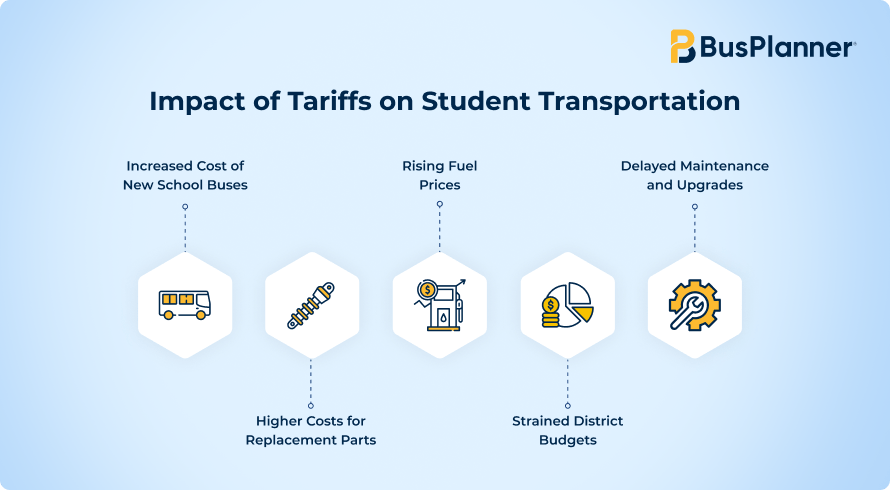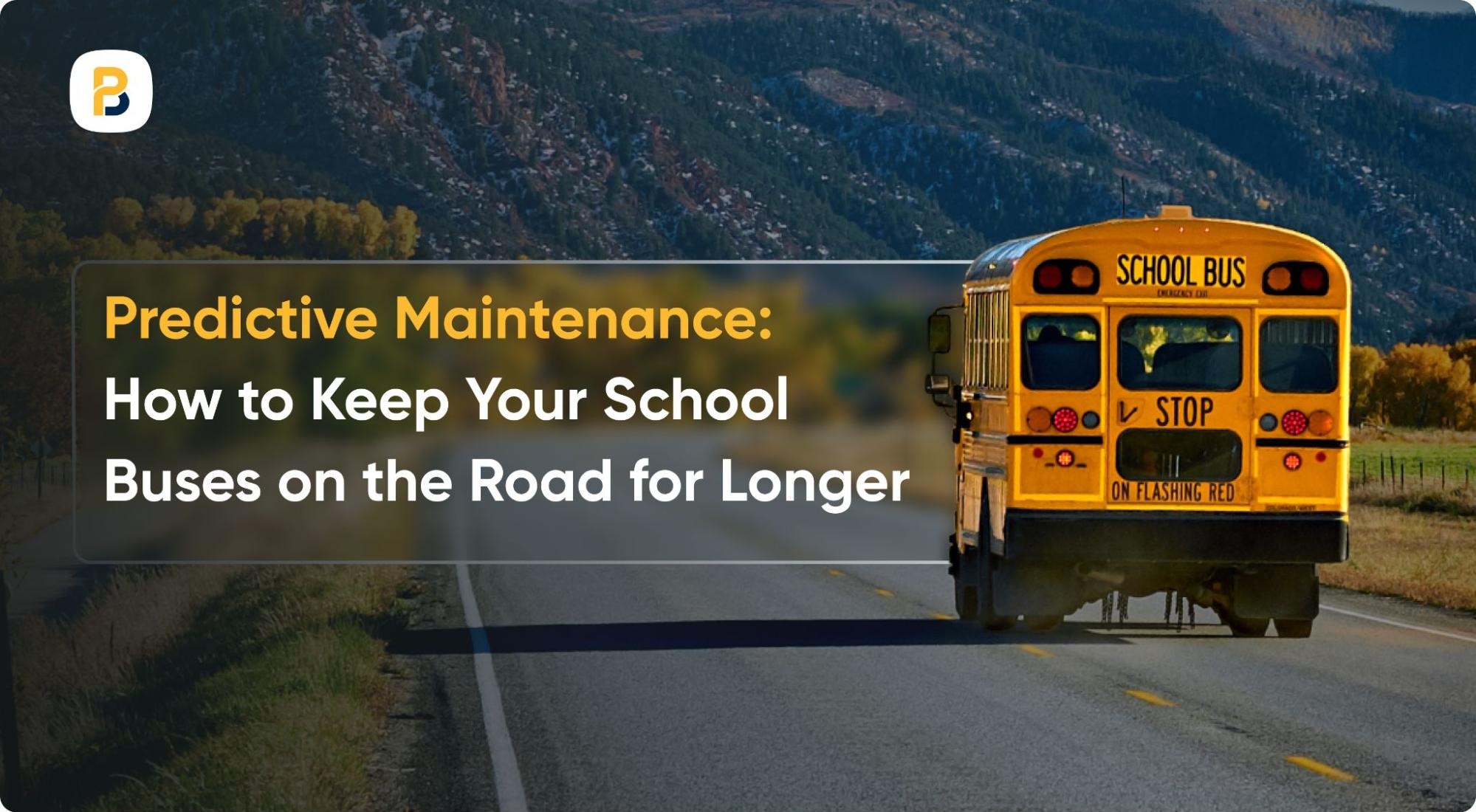The U.S. shook up the world earlier this year by implementing significant tariffs on various imports, including a 25% tariff on automobiles and related industries. That’s not all! China was slapped with a 145% tariff on Chinese imports, which was later reduced to 30% during a 90-day trade truce.
These factors have affected several sectors and can continue to hamper the student transportation network by increasing school buses’ costs, maintenance, and fuel costs.
What are Tariffs and What’s Their Economic Impact?
In case you didn’t know, tariffs are imposed by countries on imported goods to protect and boost local industries for better development and revenue generation. Tariffs have started having a greater impact due to globalization in recent decades.
This means that inflation rates spike in the short run whenever tariffs are imposed. The U.S. is feeling the burn with a 3% increase in the overall price level after the latest decisions.
How Have Tariffs Affected Student Transportation?
There are several direct ways in which student transportation has been affected by tariffs:
- Higher Fuel Prices: Tariffs on imported oil and related products have hiked fuel prices over the years. This has resulted in student transportation becoming more expensive due to higher operational costs for school districts.
- School Bus Prices Increase: Increased prices of steel and aluminium due to tariffs have increased school bus production costs and prices. Non-EV school bus prices recently jumped by 5% after U.S. imposed tariffs in 2025.
- Rising Prices of Parts: Just like prices for fuel and school buses, the prices of school bus parts has also increased due to tariffs. This affects maintenance, especially specialised ones that require imported technology and machinery.
- Important Decision Making: Rising costs can have many decision-making implications. School transportation providers may be forced to put off some important maintenance, or fleets can take a hit due to budget constraints. Department may have to cut jobs or delay the upgradation of transportation infrastructure.
Financial planning software for student transportation ensures better planning, leading to lower costs and maximum budgetary efficiency. The school transportation department can benefit by allocating costs per operation, easily and accurately tracking costs for each rout, , and analyzing the best way to optimize spending.
Impact of Recent Tariffs on Student Transportation
School districts have faced the music in the past few months after the U.S. imposed new tariffs on several countries. Due to the tariffs, Autauga County in Alabama paid an additional $2,500 per bus for six out of the eleven new school buses they purchased last fall.
Meanwhile, a district in Pennsylvania put upcoming renovations at eight elementary schools on hold as contractors anticipated higher costs. The impact of tariff changes are almost immediate and can have a lasting impact.
The Way Forward

Budget constraints may force deferrals or cutbacks. Tariffs have changed the landscape of every industry over the years. The 2025 tariffs have significantly affected the student transportation network by increasing several costs, such as buses, fuel, and maintenance. School districts must find ways to navigate challenges brought about by tariffs in the U.S.
A student transportation platform can be an effective tool in mitigating many such challenges while ensuring that stakeholders remain largely unaffected. Contact us to learn more!







